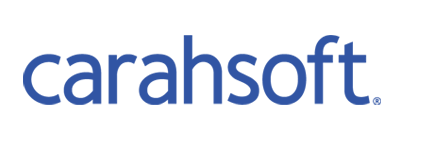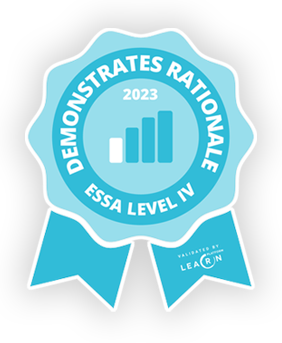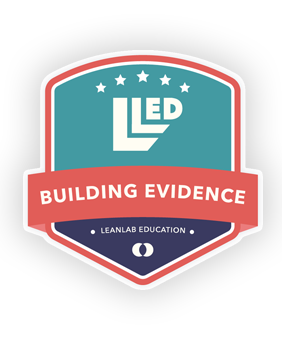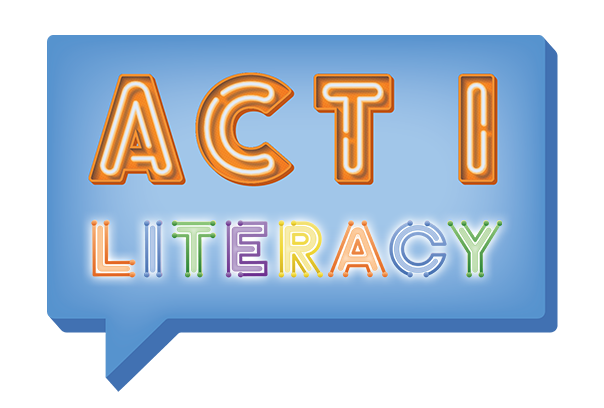
Act I Literacy
Grades: K-2
Topic: Literacy
Livestream Learning Studio is
a live, award-winning, yearlong
school subscription service that
delivers virtual education through
the thrill of the creative arts.
Our Act I program teaches grades K-2 all about the elements of story. With daily virtual theatre programs and supplemental curriculum, the Studio delivers dynamic e-learning experiences that align with state and national education standards.
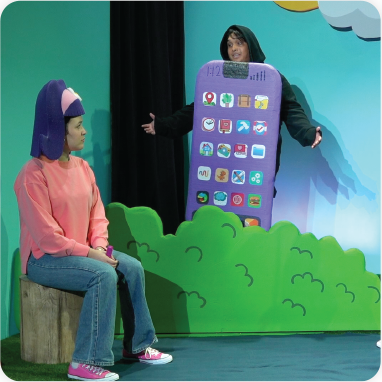
322 virtual live experiences throughout the school year, all accessible through our event portal
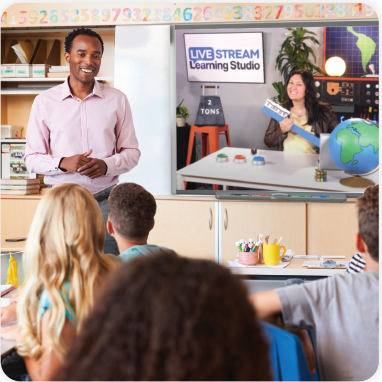
RESOURCES
Professional development and lesson plans for educators included
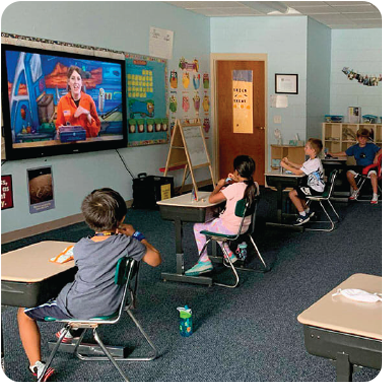
INTERACTION
Live hosts who provide interactive learning and classroom activities

OF USE
No additional tech or IT involvement needed!
We imagined it, then we built it.
In 2020, as COVID intensified, we imagined a classroom that could schedule multiple live, virtual theatrical events available every week, all year long. These live events would apply drama-based pedagogy to academic subjects by providing engaging instruction to students using interactive online-event technology.
It took us two years, but we invented, tested and refined this new approach we call Livestream Learning Studio, which is pioneering the virtual live experience in the classroom.
This new approach to “technology as a resource” comes from the minds behind The National Theatre for Children. NTC has been delivering live, in-school, drama-based academic enrichment for over 40 years, reaching over 25 million students in 60,000 schools. Livestream Learning Studio has embraced NTC’s adaptive approach to ensure that students continue learning no matter the format or technology.
We offer 322 live events throughout the year! Take a look at our 2023-24 Literacy themed programs:
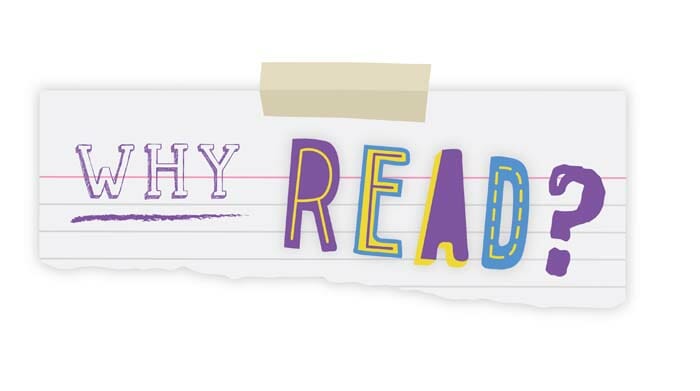
- Reading helps you develop creativity skills and gain a deeper understanding of the world.
- Concentration levels improve when you read.
- Reading improves your social skills and interaction.
- Reading helps you perform better academically in other subject areas.
COMMON CORE
Reading Standards for Literature K-2 (RL)
Read and comprehend complex literary and informational texts independently and proficiently
COMMON CORE
BENCHMARKS
Range of Reading and Level of Text Complexity
K.10 Actively engage in group reading activities with purpose and understanding.
1.10 With prompting and support, read prose and poetry of appropriate complexity for grade 1.
2.10 By the end of the year, read and comprehend literature, including stories and poetry, in the grades 2–3 text complexity band proficiently, with scaffolding as needed at the high end of the range.
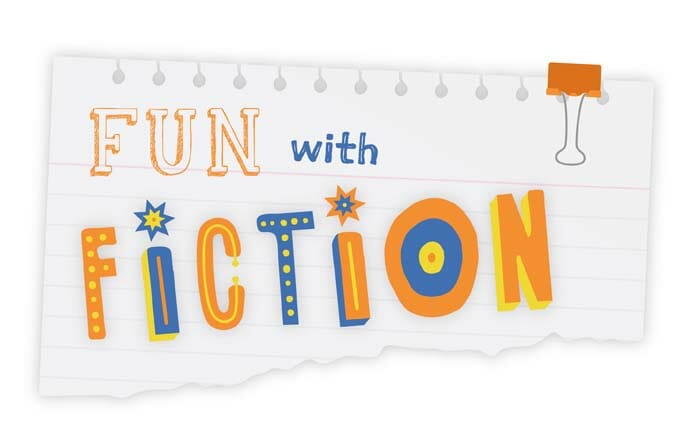
- Fiction is a story that is not real, but created by an author’s imagination.
- Nonfiction is factual stories based on actual events and people.
- Fiction can have some parts of the story that are based on true events.
COMMON CORE
Reading Standards for Literature K-2 (RL)
Analyze the structure of texts, including how specific sentences, paragraphs, and larger portions of the text (e.g., a section, chapter, scene, or stanza) relate to each other and the whole
COMMON CORE
BENCHMARKS
Craft and Structure
K.5 Recognize common types of texts (e.g., storybooks, poems).
1.5 Explain major differences between books that tell stories and books that give information, drawing on a wide reading of a range of text types
2.5 Describe the overall structure of a story, including describing how the beginning introduces the story and the ending concludes the action.
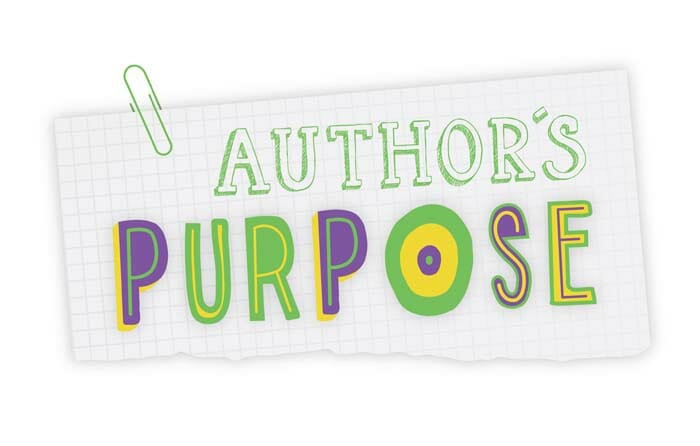
- How to interpret the author’s purpose.
- Entertaining, informing and/or persuading the reader as different methods of storytelling and evoking emotions.
- Informative writing and its role in educating the reader about the world.
COMMON CORE
Reading Standards for Literature K-2 (RL)
Read closely to determine what the text says explicitly and to make logical inferences from it; cite specific textual evidence when writing or speaking to support conclusions drawn from the text.
Determine central ideas or themes of a text and analyze their development; summarize the key supporting details and ideas.
Analyze how and why individuals, events, and ideas develop and interact over the course of a text.
COMMON CORE
BENCHMARKS
Key Ideas and Details
K.1 With prompting and support, ask and answer questions about key details in a text.
K.2 With prompting and support, retell familiar stories, including key details.
K.3 With prompting and support, identify characters, settings, and major events in a story.
1.1 Ask and answer questions about key details in a text
1.2 Retell stories, including key details, and demonstrate understanding of their central message or lesson
1.3 Describe characters, settings, and major events in a story, using key details.
2.1 Ask and answer such questions as who, what, where, when, why, and how to demonstrate understanding of key details in a text.
2.2 Recount stories, including fables and folktales from diverse cultures, and determine their central message, lesson, or moral
2.3 Describe how characters in a story respond to major events and challenges.
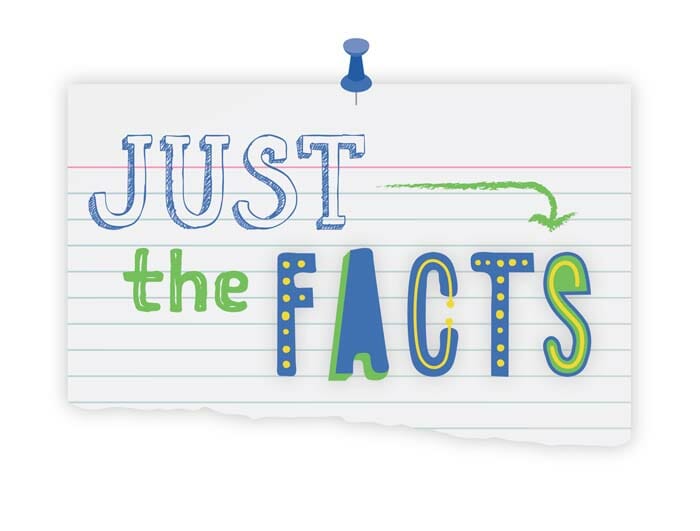
- Nonfiction is factual stories based on actual events and people.
- A fact is a statement that can be proven to be true.
- An opinion is a view or judgment formed about something, not necessarily based on knowledge.
- A story can include both facts and opinions.
COMMON CORE
Reading Informational Text K-2 (RI)
Read closely to determine what the text says explicitly and to make logical inferences from it; cite specific textual evidence when writing or speaking to support conclusions drawn from the text.
Analyze how and why individuals, events, and ideas develop and interact over the course of a text.
Analyze the structure of texts, including how specific sentences, paragraphs, and larger portions of the text (e.g., a section, chapter, scene, or stanza) relate to each other and the whole.
Read and comprehend complex literary and informational texts independently and proficiently.
COMMON CORE BENCHMARKS
Key Ideas and Details
K 1 With prompting and support, ask and answer questions about key ideas in a text.
1.3 Describe the connection between two individuals, events, ideas, or pieces of information in a text.
Craft and Structure
1.5 Know and use various text features (e.g., headings, tables of contents, glossaries, electronic menus, icons) to locate key facts or information in a text
2.5 Know and use various text features (e.g., captions, bold print, subheadings, glossaries, indexes, electronic menus, icons) to locate key facts or information in a text efficiently.
Range of Reading and Level of text Complexity
2.10 By the end of year, read and comprehend informational texts, including history/social studies, science, and technical texts, in the grades 2–3 text complexity band proficiently, with scaffolding as needed at the high end of the range.
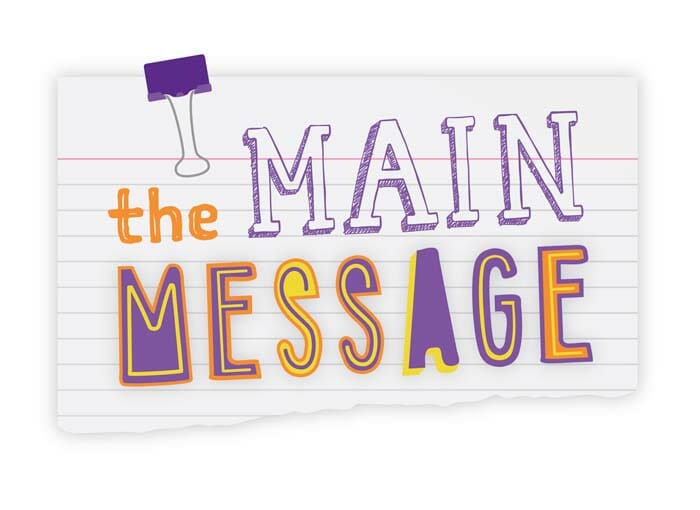
- How to detect a story’s main idea.
- How to describe characters, settings and major events in a story using key details.
- Discover how the supporting details reinforce the main message.
COMMON CORE
Reading Standards for Literature K-2 (RL)
Read closely to determine what the text says explicitly and to make logical inferences from it; cite specific textual evidence when writing or speaking to support conclusions drawn from the text.
Determine central ideas or themes of a text and analyze their development; summarize the key supporting details and ideas.
Analyze how and why individuals, events, and ideas develop and interact over the course of a text.
COMMON CORE BENCHMARKS
Key Ideas and Details
K.1 With prompting and support, ask and answer questions about key details in a text.
K.2 With prompting and support, retell familiar stories, including key details.
K.3 With prompting and support, identify characters, settings, and major events in a story.
1.1 Ask and answer questions about key details in a text.
1.2 Retell stories, including key details, and demonstrate understanding of their central message or lesson.
1.3 Describe characters, settings, and major events in a story, using key details.
2.1 Ask and answer such questions as who, what, where, when, why, and how to demonstrate understanding of key details in a text.
2.2 Recount stories, including fables and folktales from diverse cultures, and determine their central message, lesson, or moral.
2.3 Describe how characters in a story respond to major events and challenges.
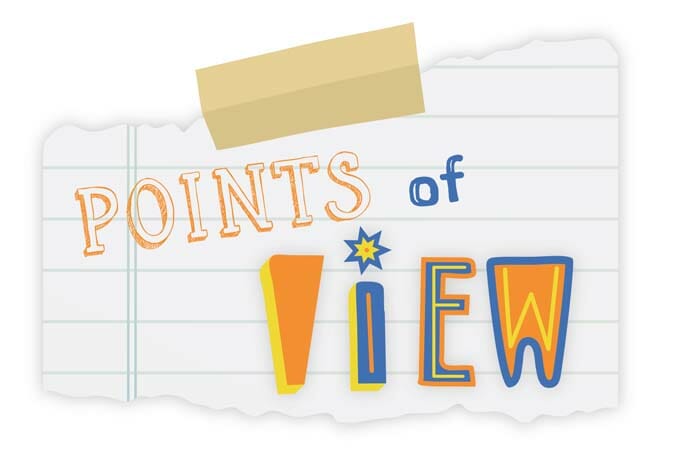
- Stories can be told with different perspectives, or points of view.
- First person point of view is when the narrator is a character in the story.
- Third person point of view is when the narrator exists outside the events of the story.
COMMON CORE
Reading Standards for Literature K-2 (RL)
Assess how point of view or purpose shapes the content and style of a text.
COMMON CORE BENCHMARKS
Craft and Structure
K.6 With prompting and support, name the author and illustrator of a story and define the role of each in telling the story.
1.6 Identify who is telling the story at various points in a text.
2.6 Acknowledge differences in the points of view of characters, including by speaking in a different voice for each character when reading dialogue aloud.
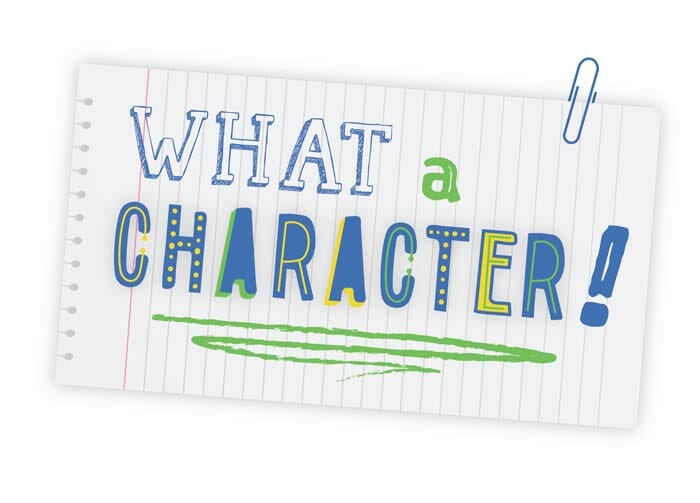
- The main character is who or what the story is mostly about.
- The protagonist is the main character.
- Characters can be realistic or fictional.
- Stories can have more than one character.
COMMON CORE
Reading Standards for Literature K-2 (RL)
Analyze how and why individuals, events, and ideas develop and interact over the course of a text.
COMMON CORE BENCHMARKS
Key Idea and Details
K.3 With prompting and support, identify characters, settings, and major events in a story.
1.3 Describe characters, settings, and major events in a story, using key details.
2.3 Describe how characters in a story respond to major events and challenges.
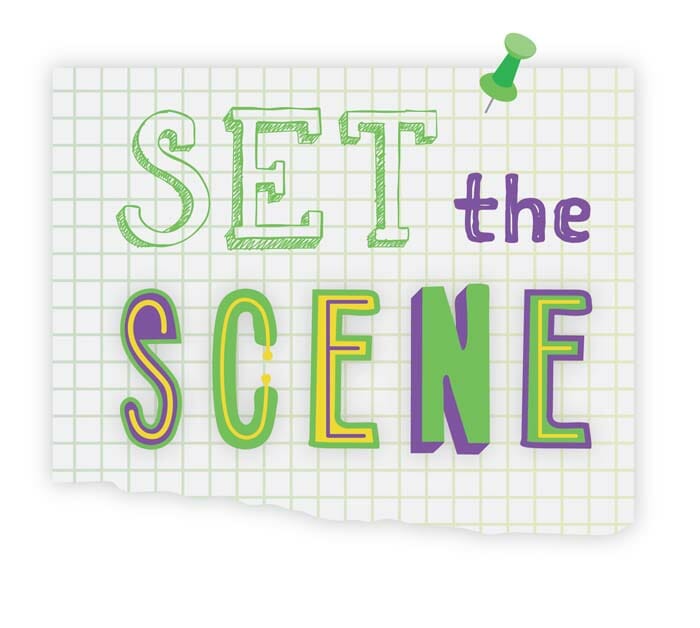
- The setting is where and when a story takes place.
- The setting is often described in the very beginning of a story.
- The physical location, time period and time of day are part of the setting.
COMMON CORE
Reading Standards for Literature K-2 (RL)
Analyze how and why individuals, events, and ideas develop and interact over the course of a text.
COMMON CORE BENCHMARKS
Key Idea and Details
K.3 With prompting and support, identify characters, settings, and major events in a story.
1.3 Describe characters, settings, and major events in a story, using key details.
2.3 Describe how characters in a story respond to major events and challenges.
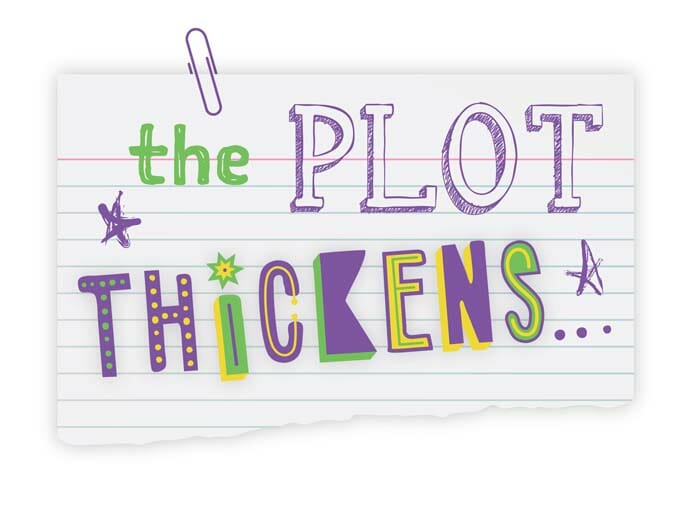
- The plot is the beginning, middle and end of a story.
- A plot is made up of a sequence of events.
- Plots usually have a problem for the character(s) to solve.
COMMON CORE
Reading Standards for Literature K-2 (RL)
Analyze how and why individuals, events, and ideas develop and interact over the course of a text.
Apply knowledge of text structure to understand and evaluate a wide variety of complex literary and informational texts.
COMMON CORE BENCHMARKS
Key Idea and Details
K.3 With prompting and support, identify characters, settings, and major events in a story.
1.3 Describe characters, settings, and major events in a story, using key details.
2.3 Describe how characters in a story respond to major events and challenges.
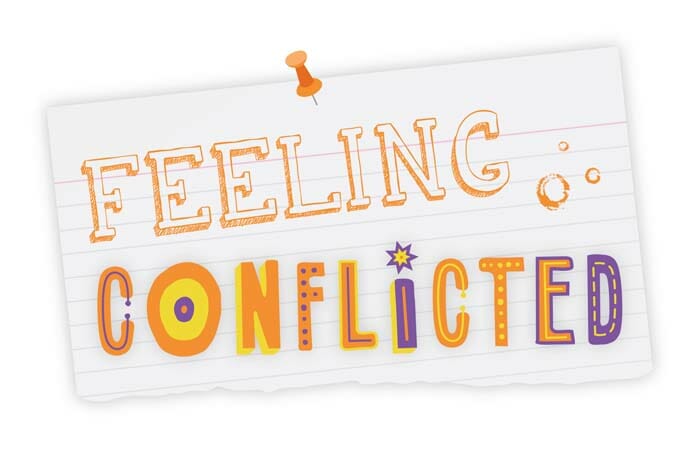
- Conflict is a problem the character(s) face in the story.
- A conflict is not always a physical altercation.
- Not every conflict in a story has a resolution.
COMMON CORE
Reading Standards for Literature K-2 (RL)
Analyze how and why individuals, events, and ideas develop and interact over the course of a text.
Writing Standards K-2 (W)
Write narratives to develop real or imagined experiences or events using effective technique, well-chosen details, and well-structured event sequences.
COMMON CORE BENCHMARKS
Key Idea and Details
K.3 With prompting and support, identify characters, settings, and major events in a story.
1.2 Retell stories, including key details, and demonstrate understanding of their central message or lesson.
2.3 Describe how characters in a story respond to major events and challenges.
Text Types and Purposes
K.3 Use a combination of drawing, dictating, and writing to narrate a single event or several loosely linked events, tell about the events in the order in which they occurred, and provide a reaction to what happened.
1.3 Write narratives in which they recount two or more appropriately sequenced events, include some details regarding what happened, use temporal words to signal event order, and provide some sense of closure.
2.3 Write narratives in which they recount a well elaborated event or short sequence of events, include details to describe actions, thoughts, and feelings, use temporal words to signal event order, and provide a sense of closure.
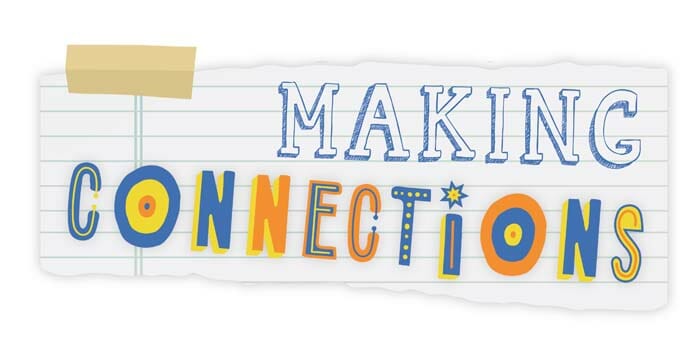
- A connection you can make with the story is called text-to-self.
- A connection made from one story to another is called text-to-text.
- How the story connects to events taking place around the world is called a text-to-world connection.
COMMON CORE
Reading Standards for Literature K-2 (RL)
Analyze how two or more texts address similar themes or topics in order to build knowledge or to compare the approaches the authors take.
COMMON CORE BENCHMARKS
Integration of Knowledge and Ideas
K.9 With prompting and support, compare and contrast the adventures and experiences of characters in familiar stories.
1.9 Compare and contrast the adventures and experiences of characters in stories.
2.9 Compare and contrast two or more versions of the same story (e.g., Cinderella stories) by different authors or from different cultures.
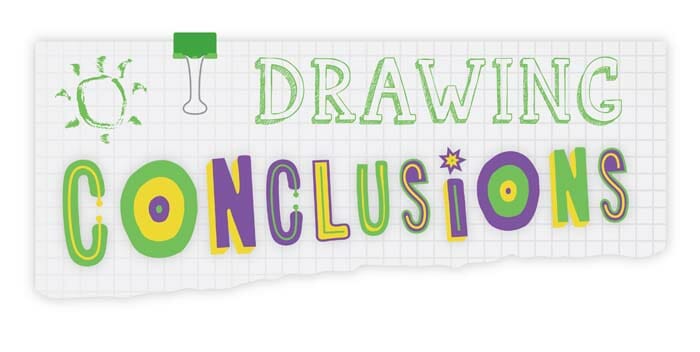
- An inference is an idea or conclusion that is drawn from a story.
- Predictions are educated guesses a reader can make about the story.
- A conclusion is drawn using context clues from the story.
COMMON CORE
Reading Standards for Literature K-2 (RL)
Integrate and evaluate content presented in diverse media and formats, including visually and quantitatively, as well as in words.
COMMON CORE BENCHMARKS
Integration of Knowledge and Ideas
K.7 With prompting and support, describe the relationship between illustrations and the story in which they appear. (e.g., what moment in a story an illustration depicts)
1.7 Use illustrations and details in a story to describe its characters, setting, or events.
2.7 Use information gained from the illustrations and words in a print or digital text to demonstrate understanding of its characters, setting, or plot.
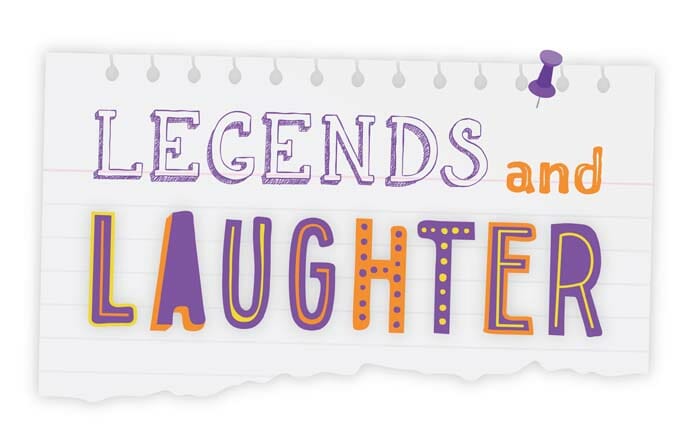
- A genre is the name for a category given to the story.
- A legend is a genre of folklore featuring human actions, believed or perceived, both by teller and listeners, to have taken place in history.
- The different ways humor is used to help with storytelling.
COMMON CORE
Reading Standards for Literature K-2 (RL)
Analyze the structure of texts, including how specific sentences, paragraphs, and larger portions of the text (e.g., a section, chapter, scene, or stanza) relate to each other and the whole.
COMMON CORE BENCHMARKS
Craft and Structure
K. 5 Recognize common types of texts (e.g., storybooks, poems).
1.5. Explain major differences between books that tell stories and books that give information, drawing on a wide reading of a range of text types.
2.5 Describe the overall structure of a story, including describing how the beginning introduces the story and the ending concludes the action.
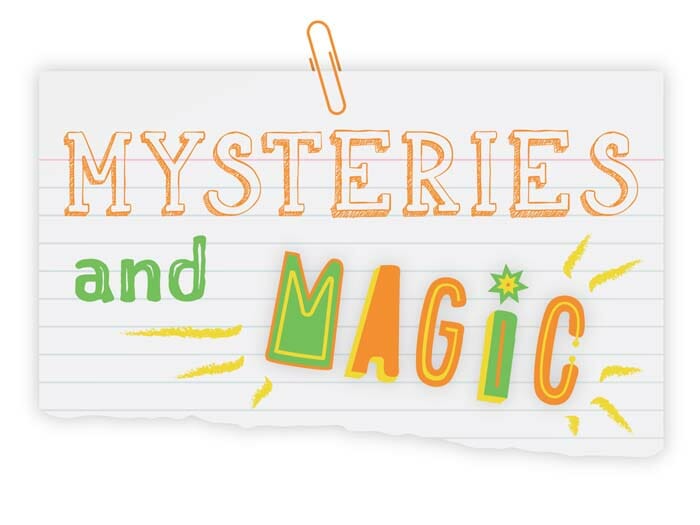
- A genre is the name for a category given to the story.
- A mystery is a genre whose stories focus on a puzzling crime, situation or circumstance that needs to be solved.
- Fantasies are characterized by imaginary and unrealistic elements, typically involving supernatural powers and magical creatures.
COMMON CORE
Reading Standards for Literature K-2 (RL)
Analyze the structure of texts, including how specific sentences, paragraphs, and larger portions of the text (e.g., a section, chapter, scene, or stanza) relate to each other and the whole.
COMMON CORE BENCHMARKS
Craft and Structure
K. 5 Recognize common types of texts (e.g., storybooks, poems).
1.5. Explain major differences between books that tell stories and books that give information, drawing on a wide reading of a range of text types.
2.5 Describe the overall structure of a story, including describing how the beginning introduces the story and the ending concludes the action.
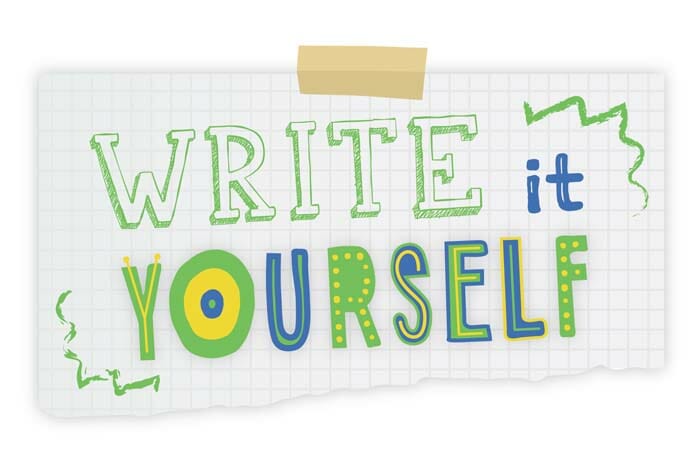
- Writing can directly benefit your reading skills.
- Writing improves reading fluency.
- Writing improves reading comprehension.
- Writing is a critical communication skill.
COMMON CORE
Writing Standards K-2 (W)
Write narratives to develop real or imagined experiences or events using effective technique, well-chosen details, and well-structured event sequences.
COMMON CORE BENCHMARKS
Text Types and Purposes
K.3 Use a combination of drawing, dictating, and writing to narrate a single event or several loosely linked events, tell about the events in the order in which they occurred, and provide a reaction to what happened.
1.3 Write narratives in which they recount two or more appropriately sequenced events, include some details regarding what happened, use temporal words to signal event order, and provide some sense of closure.
2.3 Write narratives in which they recount a well elaborated event or short sequence of events, include details to describe actions, thoughts, and feelings, use temporal words to signal event order, and provide a sense of closure.
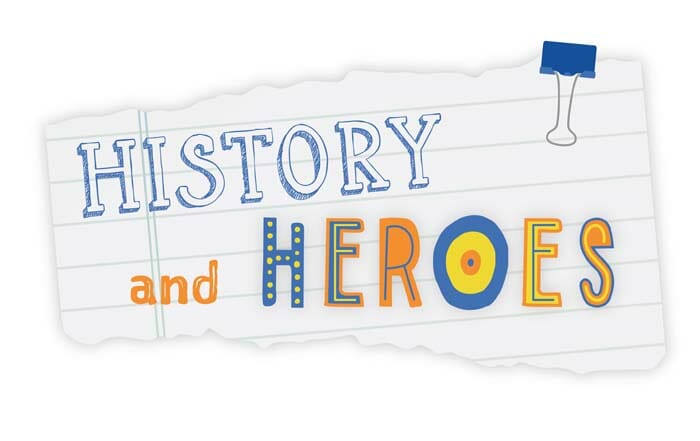
- A genre is the name for a category given to the story.
- Historical fiction includes a plot that takes place in a setting relating to past events, but is fictional.
- Mythology is fictional stories based on historical beliefs of ancient people.
COMMON CORE
Reading Standards for Literature K-2 (RL)
Read and comprehend complex literary and informational texts independently and proficiently.
COMMON CORE BENCHMARKS
Range of Reading and Level of Text Complexity
K.10 By the end of the year, read and comprehend literature, including stories, dramas, and poetry, at the high end of the grades 2–3 text complexity band independently and proficiently.
Don’t miss out on these Literacy resources – subscribe today!

